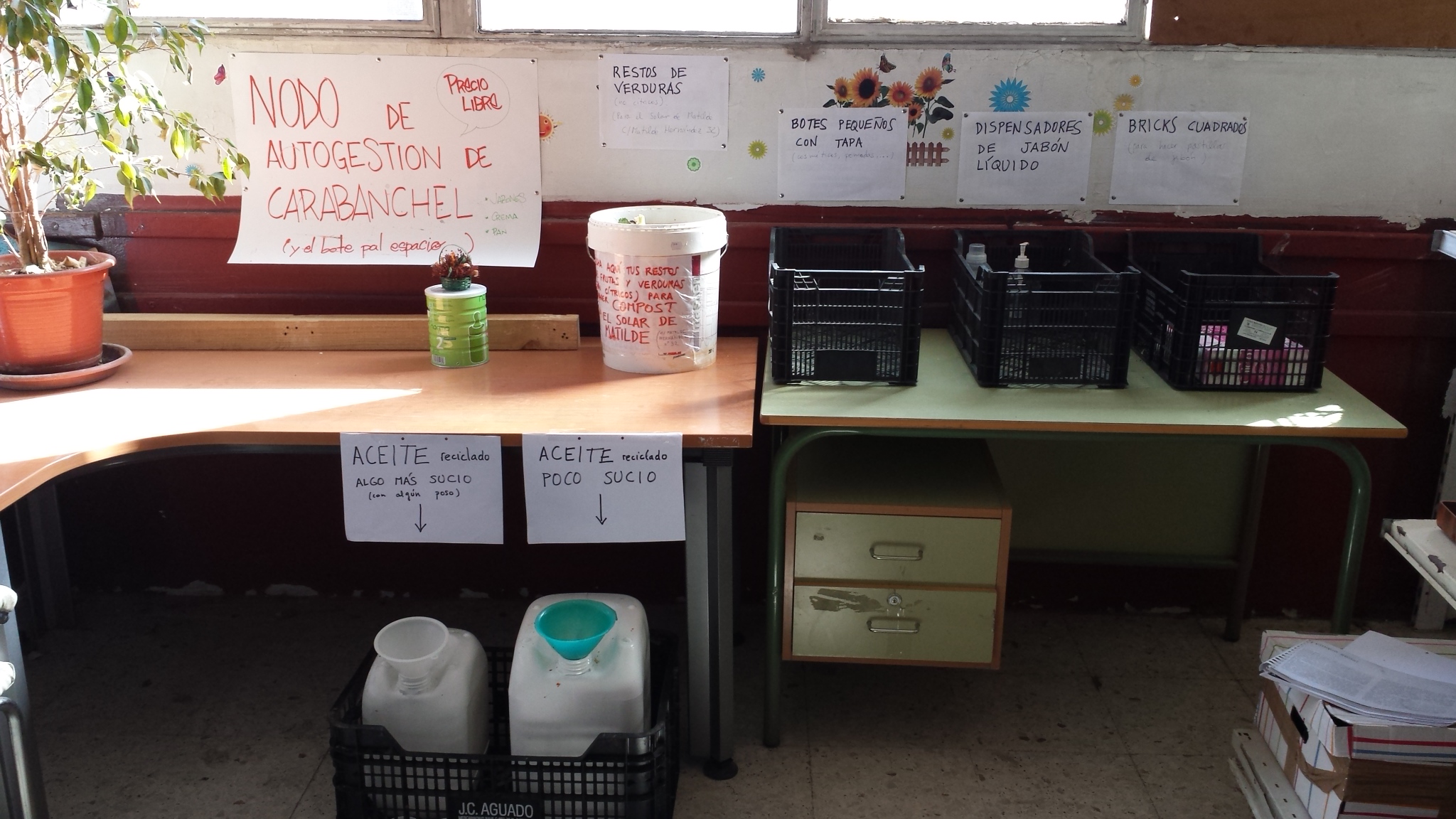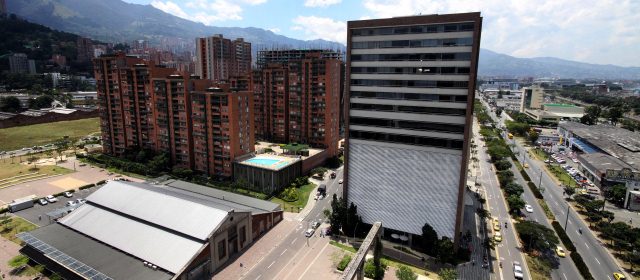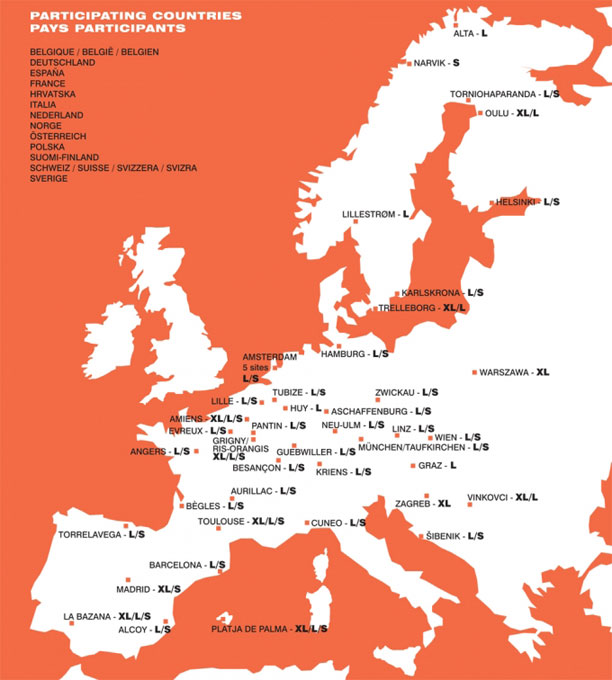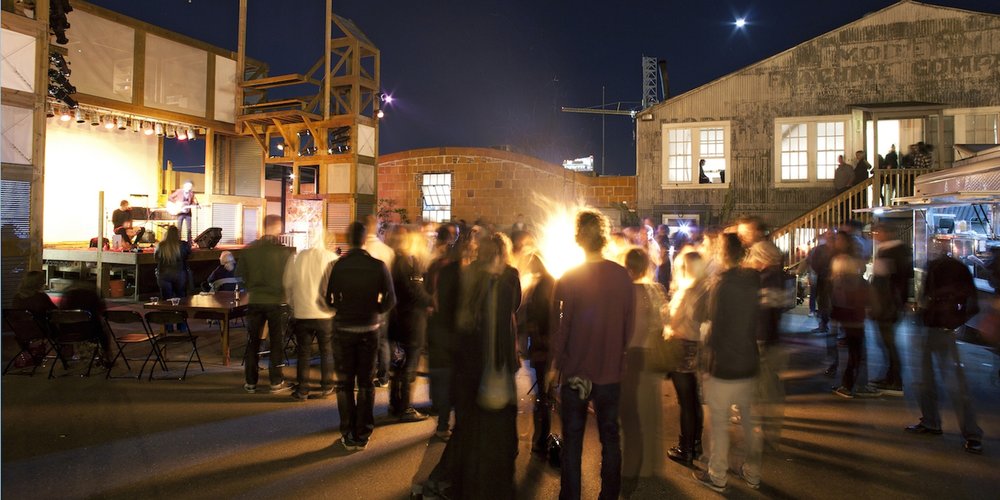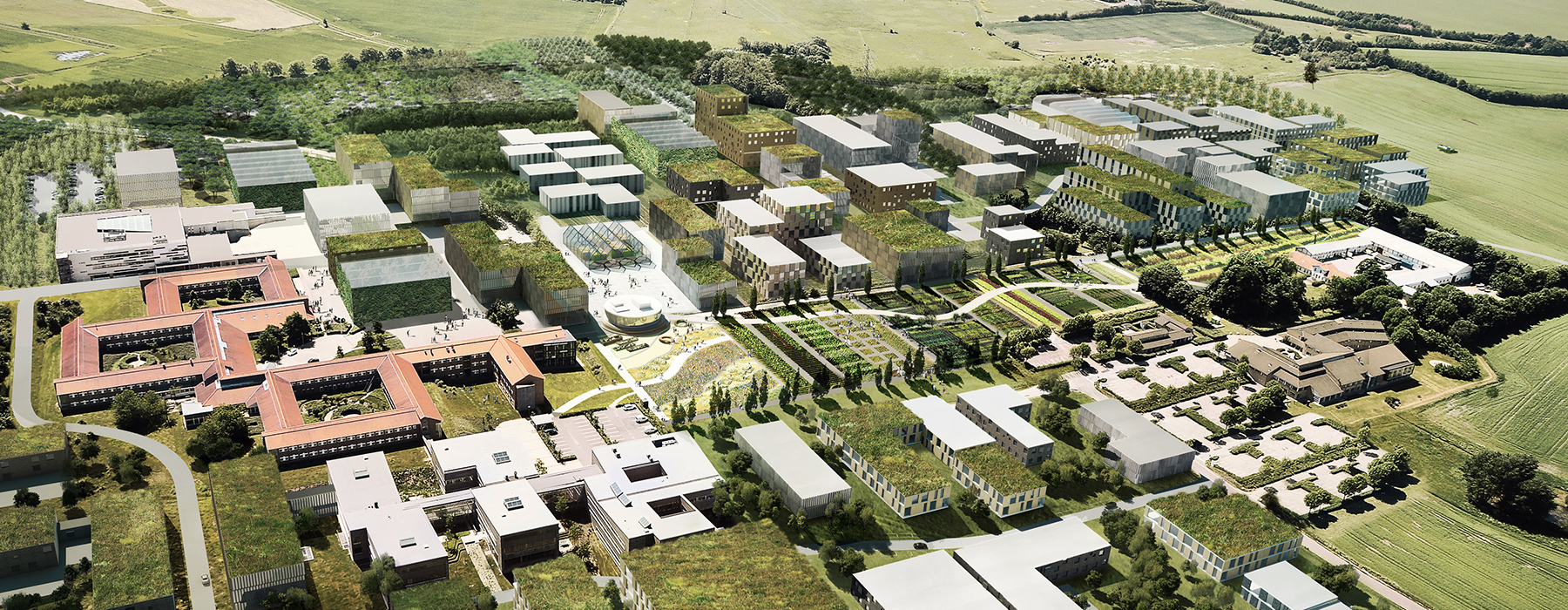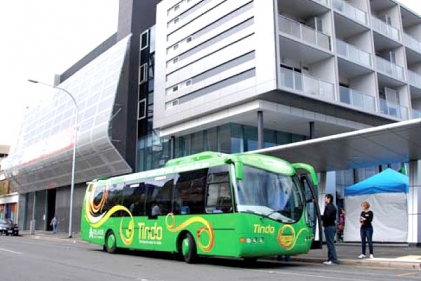The article deals with the theme of urban agriculture as a fundamental activity in the development of a productive sustainable city. This kind of agriculture is differs from the rural one because it is strongly related to social, economic, architectural and ecological issues. This in particular is developed according to different dynamics and new perspectives that are influencing the way in which this project can be conceived Where can it be applied? Can it cultivated? Who are the actors? What kind of economic results can we obtain it ? What will be the effect on our society? … Here you can find one example of this strategy:
Brooklyn Navy Yard Farm - Queens, New York City. Take a walk on the rooftop yard with
this video.
ESP. La agricultura urbana se puede definir en breve como el cultivo de
plantas y la cría de animales dentro y alrededor de las ciudades. La
característica más llamativa de la agricultura urbana, que lo distingue
de la agricultura rural, es que está integrada en el sistema económico y
ecológico urbano. La agricultura urbana no es un vestigio del pasado
que se desvanecerá (aumenta la agricultura urbana cuando la ciudad
crece). Para una especificación más detallada de la agricultura urbana
es posible mirar las siguientes dimensiones:
Tipos de actores involucrados
Gran parte de las personas involucradas en la agricultura urbana son
aquellas de mas bajos recursos. En muchas ciudades, a menudo también se
encuentran funcionarios gubernamentales de nivel medio y bajo, maestros
de escuelas y similares involucrados en la agricultura, así como
personas más ricas que buscan una buena inversión para su capital.
Tipos de ubicación
La agricultura urbana puede tener lugar en lugares dentro de las
ciudades (intra-urbanas) o en las áreas periurbanas. Las actividades
pueden tener lugar en la finca o en la tierra lejos de la residencia, en
terrenos privados, públicos o terrenos semipúblicos.
Tipos de productos cultivados
La agricultura urbana incluye productos alimenticios procedentes de
diferentes tipos de cultivos (cereales, tubérculos, hortalizas, setas,
frutas) y animales (aves de corral, conejos, cabras, ovejas, ganado,
cerdos, cobayas, peces, etc.) o productos alimenticios (como hierbas
aromáticas y medicinales, plantas ornamentales, productos derivados del
árbol, etc.).
Tipos de actividades económicas
La agricultura urbana comprende las actividades de producción agrícola,
así como las actividades conexas de transformación y comercialización.
En la agricultura urbana, la producción y la comercialización tienden a
estar más estrechamente interrelacionadas en términos de tiempo y
espacio que con la agricultura rural, gracias a una mayor proximidad
geográfica y un flujo de recursos más rápido.
Destino del producto / grado de orientación al mercado
En la mayoría de las ciudades de los países en desarrollo, una parte
importante de la producción agrícola urbana es el autoconsumo, y se
comercializan excedentes. Sin embargo, no debe subestimarse la
importancia de la agricultura urbana orientada al mercado, tanto en
volumen como en valor económico. Los productos se venden en la granja,
en las tiendas locales, en los mercados locales (agricultores) o en los
intermediarios y supermercados.
Escalas de producción
En la ciudad, podemos encontrar granjas individuales o familiares,
granjas de grupo o cooperativas y empresas comerciales a diversas
escalas que van desde micro y pequeñas granjas (la mayoría) hasta
medianas y algunas grandes empresas.
PERSPECTIVAS
Es útil distinguir tres perspectivas principales sobre la agricultura
urbana, cada una de ellas asociada con diferentes tipos de agricultura
urbana. Estas tres perspectivas son útiles para diseñar para el
desarrollo de la agricultura intra y periurbana.
SOCIAL
Reducen los gastos familiares en alimentos y medicamentos y se genera
algo de dinero en efectivo a partir de ventas de excedentes. También
puede crear una red para educar a la sociedad hacia esta actividad a
través de eventos, talleres ...
ECONOMICA
Esta perspectiva esta relacionada con los tipos de agricultura urbana
orientados al mercado. Las actividades suelen implicar pequeñas empresas
familiares y grandes explotaciones empresariales que participan en la
entrega de insumos y en la transformación y comercialización de
productos agrícolas. Estos tipos de agricultura urbana tienen un impacto
económico más pronunciado y una mayor rentabilidad, pero sus
externalidades para la ciudad y las poblaciones urbanas tienden a ser
más altas, aunque disminuye los costos de transporte.
ECOLOGICA
Se refiere a los tipos de agricultura urbana de carácter multifuncional.
Además del suministro de alimentos y la generación de ingresos que
pueden desempeñar un papel en la gestión ambiental, por ejemplo,
reciclaje de nutrientes a través de compostaje y la reutilización de
residuos orgánicos y aguas residuales. También pueden ofrecer otros
servicios demandados por los ciudadanos urbanos: la ecología urbana, la
mejora del clima urbano, el suministro de oportunidades de ocio y
recreativas, el almacenamiento de aguas pluviales y la prevención de
inundaciones…
Contributed by: Laura Grandis, Niccolò Meroni, Sebastian Valenzuela, Shankar Mall



_01.jpg)



